BETEP (Wind) – Bridging the Information Gap for Russian Speakers in NRW, Germany
Crafting a User-Centered News Platform and Community Hub from Scratch.
Project Overview
BETEP (Wind, Veter in Russian) is a digital news portal and community-building initiative designed for the Russian-speaking population in North Rhine-Westphalia (NRW), Germany. Born from a personal pain point – the "information vacuum" faced by new immigrants – BETEP evolved into a multi-platform service (website & Telegram) aiming to provide essential local information, foster a sense of community, and aid in the integration process.
My Role: Founding Product Designer & Product Lead
As the founder, I spearheaded this project from concept to launch and ongoing iteration, wearing multiple hats but with a core focus on Product Design (UX/UI) and Product Management. My responsibilities encompassed:
- Problem Definition & User Research: Identifying and deeply understanding the core user problem and unmet needs of the target audience.
- Product Vision & Strategy: Defining the product's mission, goals, and roadmap.
- Information Architecture (IA) & UX Design: Designing the structure, user flows, and overall experience for both the website and Telegram channel to ensure intuitive access to information.
- UI & Visual Design: Creating the brand identity (logo, color palette, typography) and designing the user interface for all touchpoints, including responsive web design and social media assets.
- Prototyping & Iteration: Rapidly developing and refining the product based on user feedback and analytics, even if this meant direct-to-fidelity mockups within the chosen CMS.
- Cross-Functional Collaboration: Managing a team of volunteer content creators and an illustrator, ensuring design consistency and quality.
- Analytics & Performance Tracking: Monitoring key metrics to understand user behavior and identify areas for improvement.
- Feature Development & Prioritization: Conceptualizing and testing new features (e.g., LLM-assisted content creation, "how-to" guides section).
Upon relocating to Düsseldorf, I personally experienced the significant challenge of an "information vacuum." Accessing relevant, timely local news and understanding daily life in NRW was difficult due to language barriers and the inconvenience of navigating unfamiliar German websites. This wasn't just about news; it was about feeling disconnected from the local context.
I observed this was a widespread issue. Furthermore, the Russian-speaking community itself was fragmented – various immigrant groups (political refugees, late repatriates, professionals, recent Ukrainian refugees) existed in separate circles, lacking a unified platform for connection, mutual support, and shared experiences.
I observed this was a widespread issue. Furthermore, the Russian-speaking community itself was fragmented – various immigrant groups (political refugees, late repatriates, professionals, recent Ukrainian refugees) existed in separate circles, lacking a unified platform for connection, mutual support, and shared experiences.
User Pain Points Identified:
Inability to easily access local news and practical information in their native language.
Feeling of isolation and lack of understanding of local life, hindering integration.
Desire for a convenient, aggregated source of information, ideally within familiar platforms like Telegram.
Need for a space to connect with fellow Russian speakers for support and social activities.
Product Goals
- Solve the Information GapProvide a user-friendly, reliable source of news and practical information about NRW in Russian.01
- Foster CommunityCreate a platform that helps connect the diverse Russian-speaking diaspora, promoting interaction, mutual aid, and shared cultural experiences.02
- Enhance IntegrationEquip users with knowledge and resources to better navigate life in Germany and integrate into society.03
- Deliver Excellent UXDesign an intuitive, engaging, and accessible experience across all platforms.04
Research & Audience Understanding
While formal, large-scale UX research wasn't feasible at inception, a lean, qualitative approach was adopted:
Founder as User Zero:
My own experiences provided deep initial insights into the core problem.
Founder as User Zero:
My own experiences provided deep initial insights into the core problem.
- Qualitative Interviews & Community Listening:Conducted informal conversations with dozens of Russian-speakers in NRW. Actively monitored online community chats (e.g., Telegram groups) for recurring questions like "Are there any Russian-language news sources here?" This confirmed the widespread need.
- Persona Sketching (Implicit):Through these interactions, I developed an understanding of different user segments (e.g., recent arrivals needing basic integration info, long-term residents seeking community news, families looking for leisure activities). This informed content priorities.
- Competitive Analysis (Informal):Scanned for existing Russian-language resources in Germany. Found a few, but they were often inactive, poorly maintained, or heavily ad-focused, highlighting an opportunity for a quality-driven platform.
- Post-Launch Feedback & Surveys:Actively solicited feedback through Telegram polls and direct messages once the product was live to understand user geography, content preferences, and pain points with the existing solution.

Key InsighT
Even users with some German proficiency highly valued the convenience, speed, and cultural nuance of receiving curated information in their native language, especially in a familiar feed format.
Design & Development Process:
An Iterative Journey
An Iterative Journey
1. MVP Launch – Telegram First:
- Recognizing Telegram's popularity within the target demographic, the MVP was a Telegram channel. This allowed for rapid launch, hypothesis testing, and immediate audience building with minimal development overhead.
- Initial UX/UI for Telegram: Focused on clear message formatting, consistent post footers with relevant links/tags, and a well-defined channel description.


2. Expanding to a Website:
As the Telegram channel grew, the need for a dedicated website became clear to:
- Improve discoverability: Leverage SEO to attract users from search engines.
- Structure content: Offer categories, archives, and dedicated sections for different types of information (e.g., long-form guides).
- Enhance credibility: Project a more professional image.
- Enable richer formats: Support articles, detailed event listings, and embedded media.
- Facilitate cross-posting: Serve as a central hub for content distribution.
3. Website Design & Technology:
Platform Choice
Selected WordPress due to its robust CMS capabilities, extensive plugin ecosystem (for SEO, analytics, cross-posting), and user-friendly backend for the volunteer content team.
Design Philosophy – Lean & Iterative
Instead of a traditional lengthy wireframing phase, I adopted a rapid prototyping approach by heavily customizing a flexible WordPress theme. This allowed for quick visualization and in-browser adjustments. The core information architecture and key user flows were mapped out conceptually before diving into visual customization.
Information Architecture (IA)
The initial site structure mirrored successful content categories from Telegram (News, Leisure, Our Articles). The homepage was designed as a chronological news feed, a familiar and preferred pattern for news consumption. This was later augmented with prominent sections for "Leisure Activities" and "Our In-Depth Guides."
User Interface (UI) & Visual Design
Branding
Developed a logo and selected a core color palette of yellow and purple – initially vibrant, later toned down for better readability and a more sophisticated feel based on user feedback.
Typography
A key UI decision was the selection of a narrow, sans-serif, variable font (reminiscent of German DIN fonts). This choice aimed to:
- Evoke a subtle "German aesthetic" for familiarity.
- Maximize information density in headlines.
- Ensure high readability across devices.
"German Design" Influence
Drew inspiration from clear, functional German informational signage (white with black borders and narrow fonts) for initial concepts, which evolved into the unique font choice and clean layout.
Illustrative Style
Collaborated with an illustrator to develop a distinctive, bright collage style for feature images, adding a unique visual identity and warmth to the platform.
Key Page Designs
Homepage
Prioritized the latest news in a scannable feed. Desktop view featured narrower image previews to display more headlines above the fold. A visually engaging "Leisure" section using a gallery format.
Article Page
Designed to ensure the headline and main image are immediately visible on all screen sizes (horizontal layout on desktop), facilitating quick comprehension. Clear attribution for news sources was added based on user requests for transparency.
Navigation
Desktop navigation was moved to a sidebar to create a cleaner header and provide a prominent, persistent spot for the "Follow us on Telegram" call-to-action.
4. Social Media Design System:
- Developed a cohesive visual identity for Instagram, creating templates for eye-catching news cards and event announcements.
- The initial "German sign" concept (black text on white with a border) was iterated upon by incorporating the brand's core colors, making posts more vibrant and recognizable while retaining the structured "sign" feel.
- Established automated posting workflows where possible.
5. UX-Focused Technical Integrations:
- Automated Cross-Posting: Configured WordPress to automatically push new articles to Telegram, Twitter, and Facebook with consistent formatting, saving manual effort and ensuring brand consistency.
- Analytics Integration: Implemented Google Analytics to track user behavior, content performance, and traffic sources, providing data for design and content strategy decisions.
- Content Creation Automation (Experiment): Designed the specifications for and commissioned a WordPress plugin leveraging LLMs to assist volunteers in drafting news summaries. This ongoing R&D project aims to improve content team efficiency and explore AI's potential in news aggregation and summarization. Planned features include news source suggestion and Creative Commons image search.
Iteration & Evolution: Learning from Users & Data
The product was never static, constantly evolving through a build-measure-learn cycle:
UI Refresh & Homepage Restructure
Softened the initial bright color palette based on implicit feedback (observing other modern media) and a desire for improved visual comfort.
Simplified the news feed by removing a "top stories" section, opting for a pure chronological flow which users found more intuitive. Promoted "Our In-Depth Guides" for better visibility.
Simplified the news feed by removing a "top stories" section, opting for a pure chronological flow which users found more intuitive. Promoted "Our In-Depth Guides" for better visibility.
Article Page Enhancements
Added a dedicated field for "News Source" after users explicitly requested more transparency.
Content Strategy Pivot
Shifted focus from low-engagement long-reads to highly requested "how-to" guides ("Veter Encyclopedia") on navigating German bureaucracy and daily life.
Instagram Visuals
Transitioned from a stark black-and-white design to a more colorful and engaging style, significantly improving visual appeal.
- Publishing Cadence OptimizationImplemented a fixed daily posting schedule (8 posts at set times). This improved predictability for users and streamlined workflow for the content team, making content prioritization easier.
- Organizational DesignExperimented with different volunteer roles (e.g., image editor, events curator), adapting the team structure based on what proved most effective and sustainable with a volunteer workforce.
Impact & Results
Website Audience Growth (approx. 11 months):
- Total Unique Visitors: 63,200+
- Key Traffic Sources: Organic Search (37.6k), Direct (19.7k), Social (3.4k).
- Average Monthly Visitors (recent): ~6,900.
Telegram Channel: 2,750+ engaged subscribers
(primary platform for daily interaction). Error rates for posts are near zero due to established editorial processes.
Qualitative Impact & User Testimonials:
- Consistent positive feedback on the usefulness of daily leisure digests and practical guides.
- Anecdotal evidence of users becoming more socially active by attending events featured on Veter.
- Recognized by users as a vital resource for staying informed and navigating life in NRW.
Community Building:
Successfully created a go-to information hub, demonstrably increasing users' awareness of local events, bureaucratic processes, politics, and history, thereby aiding their integration journey.
- Veter helped me understand local politics I wouldn't have otherwiseAnonymous platform user
- Thanks to your events list, I finally left the house and met new people!Anonymous platform user

Challenges & Key Learnings
- Resource Constraints (Financial & Human)Bootstrapping meant heavy reliance on volunteer work and personal investment. This impacted the ability to scale or implement more resource-intensive design processes (e.g., formal, moderated usability testing).
- Product Design Learning: The importance of designing lean processes and prioritizing ruthlessly when resources are scarce.
- Balancing Founder/Designer RolesJuggling strategic leadership with hands-on design work required constant prioritization, sometimes meaning less time for deep design exploration than ideal.
- Product Design Learning: The value of clear role definition even in small teams, and the need to carve out dedicated design time.
- Iterating on "Good Enough"The lean approach meant launching with an MVP and iterating. While effective for speed, it sometimes meant addressing design debt later.
- Product Design Learning: Perfection can be the enemy of good, especially early on. However, continuously tracking and addressing user feedback is crucial for iterative improvement. Initial technical choices (e.g., hosting) can have long-term impacts if not carefully considered.
- The Power of Direct FeedbackLacking formal usability testing, direct user comments in Telegram and website analytics became invaluable for quick iterations and validating design hypotheses.
- Product Design Learning: Actively creating channels for user feedback and treating every interaction as a learning opportunity is vital, especially in resource-constrained environments.
Future Vision & Next Steps
Formalize Operations
Register Veter as a "Verein" (non-profit association) to unlock new funding avenues (grants, memberships) and ensure sustainability.
Product Expansion
- Develop the "Veter Encyclopedia" – a structured, interlinked section of practical guides.
- Explore video and podcast formats.
- Further enhance the LLM-powered content assistance tool.
Geographic Scaling
Potentially replicate the Veter model in other German states, creating localized versions with dedicated teams.
Deepen Community Engagement
Organize offline events and workshops to foster stronger community ties.
Continuous UX/UI Refinement
Conduct more structured usability testing on key user flows. Evolve the design system for greater scalability.
Conclusion
BETEP demonstrates how a user-centered design approach, even when executed leanly, can address a significant real-world problem and create tangible value for a niche community. By deeply understanding user needs, iteratively designing solutions, and fostering a strong feedback loop, Veter has grown from a personal project into a vital resource for thousands of Russian-speakers in NRW. It showcases my ability to identify opportunities, define product strategy, design intuitive user experiences, and lead a product's lifecycle from inception to growth.

So, am I hired? 😄
Okay, kidding (mostly!). But seriously, feel free to reach out – let's chat about design, projects, or anything else!
Html code will be here